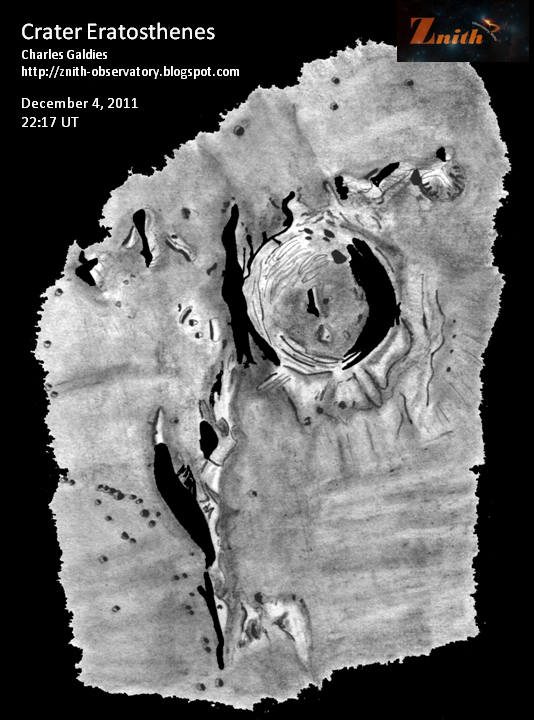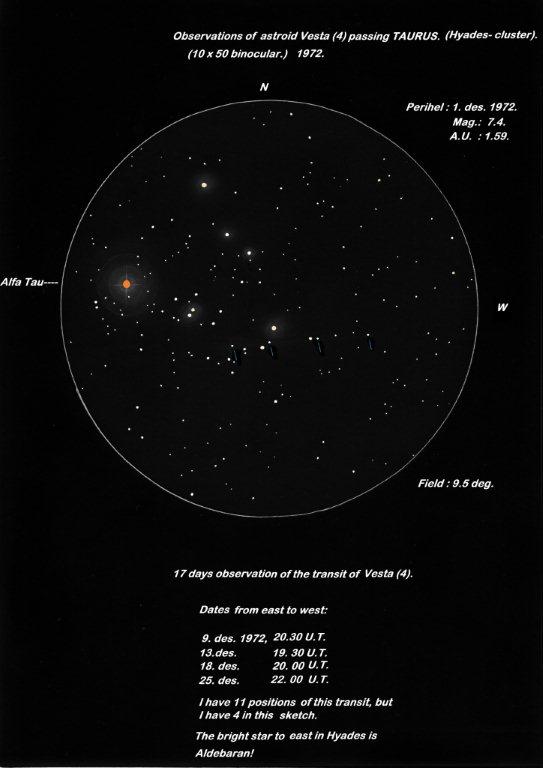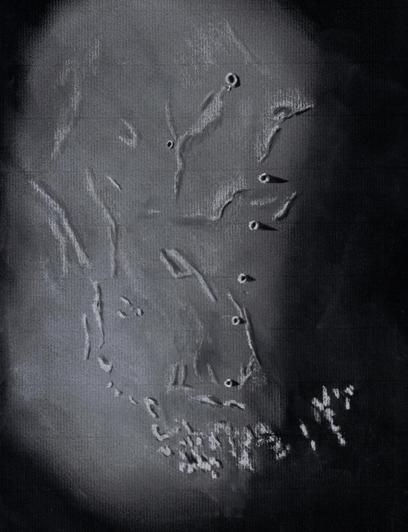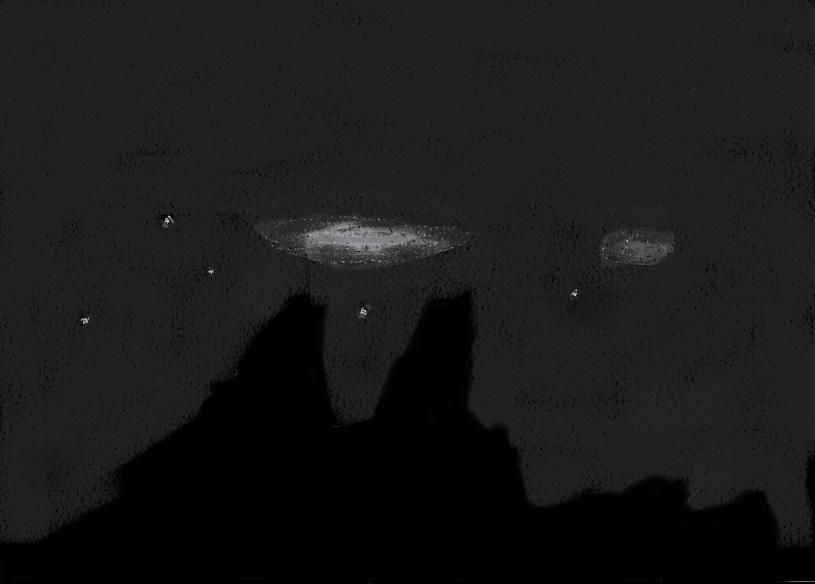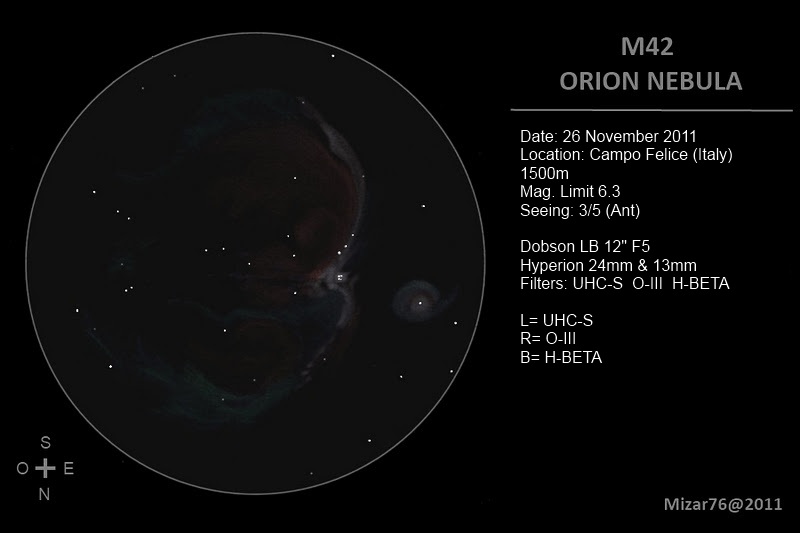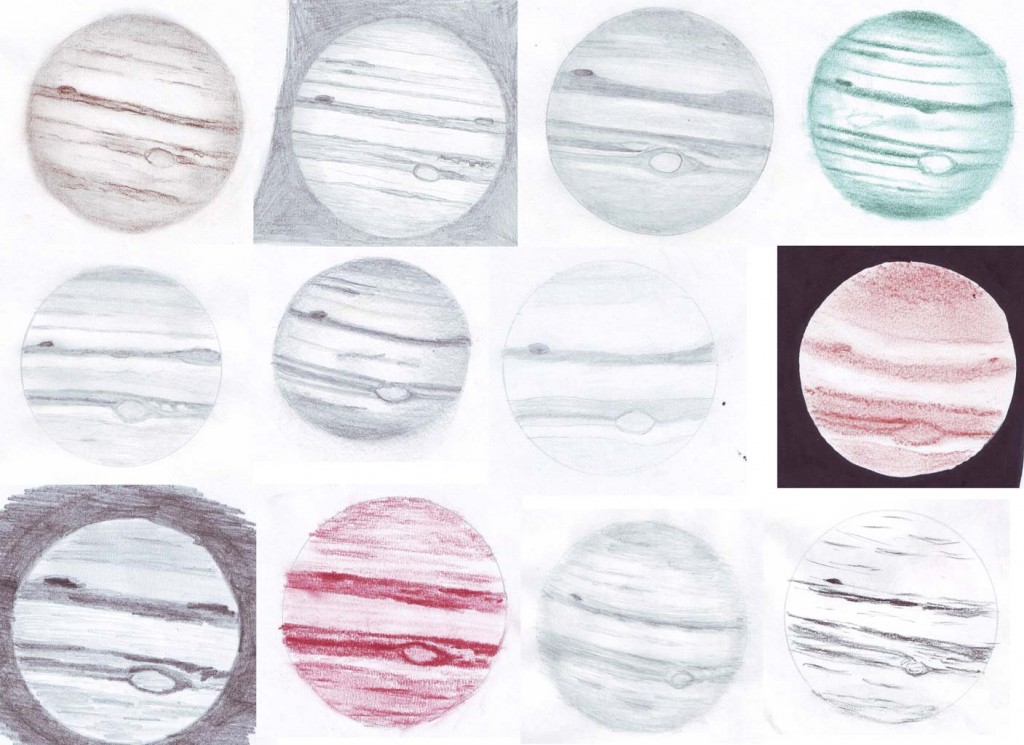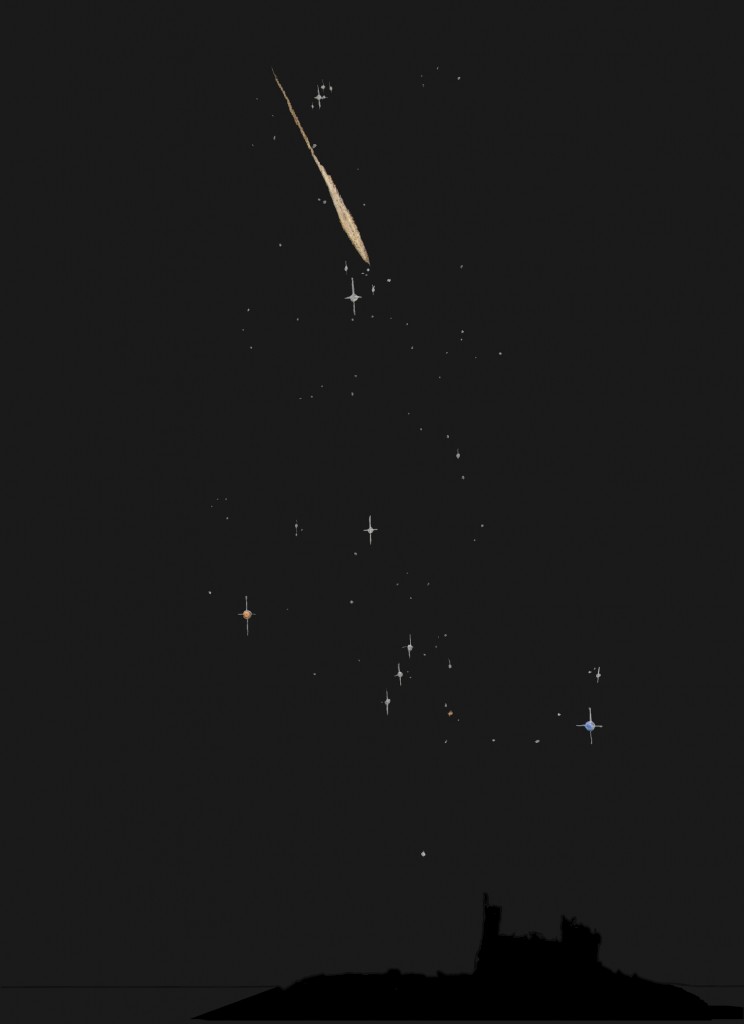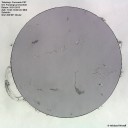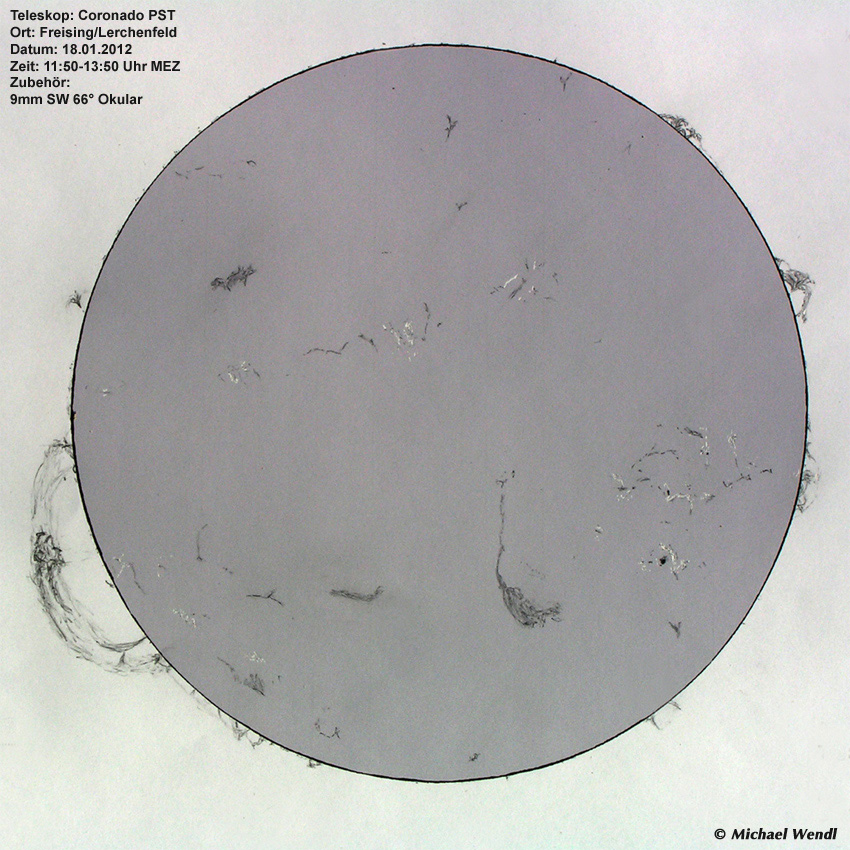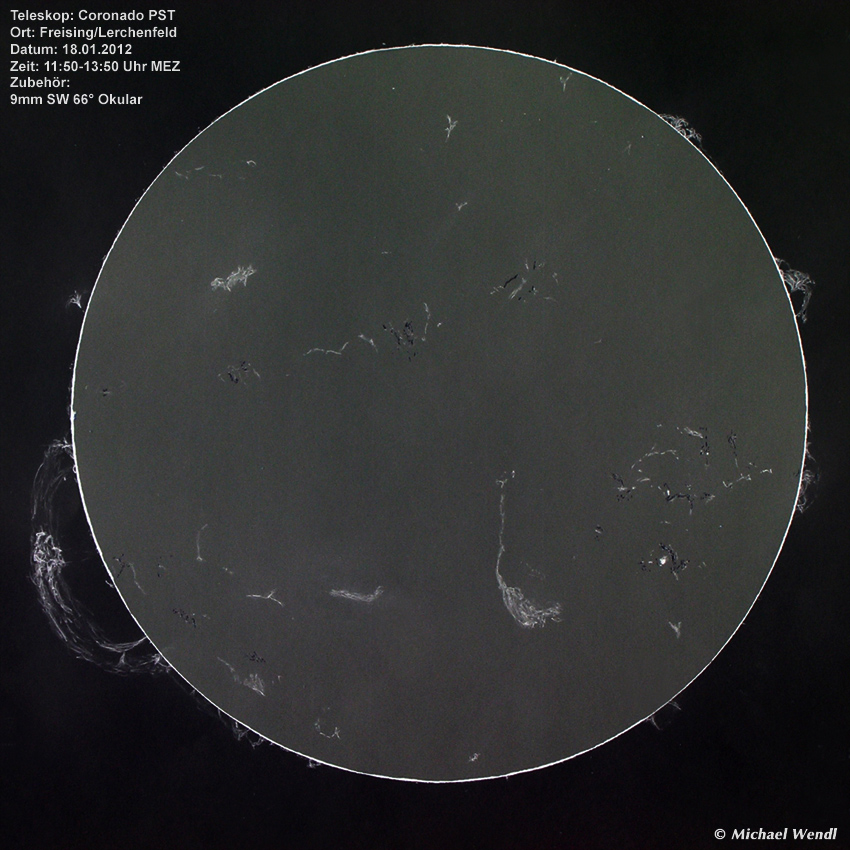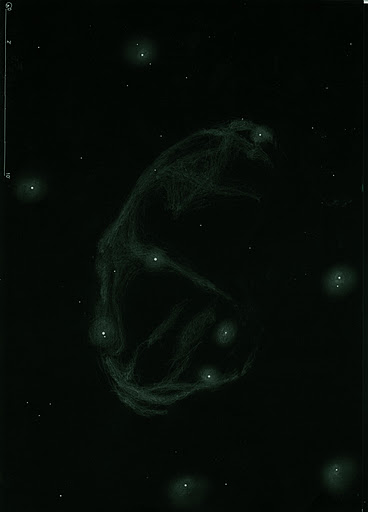Thanks to Alexander Massey of The Astronomical Society of New South Wales for submitting the following invitation to our contributors and visitors:
Scott Mellish was a long time and valued member of the Astronomical Society of NSW. His knowledge of amateur astronomy and dedication to observation and sketching was unrivaled within the society and much admired by all those who knew him.
In honour of his memory, the ASNSW is proud to announce the inaugural Scott Mellish Amateur Sketching or Drawing Competition. This competition will be held annually at the South Pacific Star Party and aims to promote the art of Sketching and Drawing within the world-wide amateur astronomical community.
The competition is open to any member of an amateur astronomical society throughout the world and will be judged by popular vote during the star party on the 21st April 2012. Winners will be announced on the day.
Please visit The Scott Mellish Sketching or Drawing Competition to read further and to download the rules, entry form and entry template.

